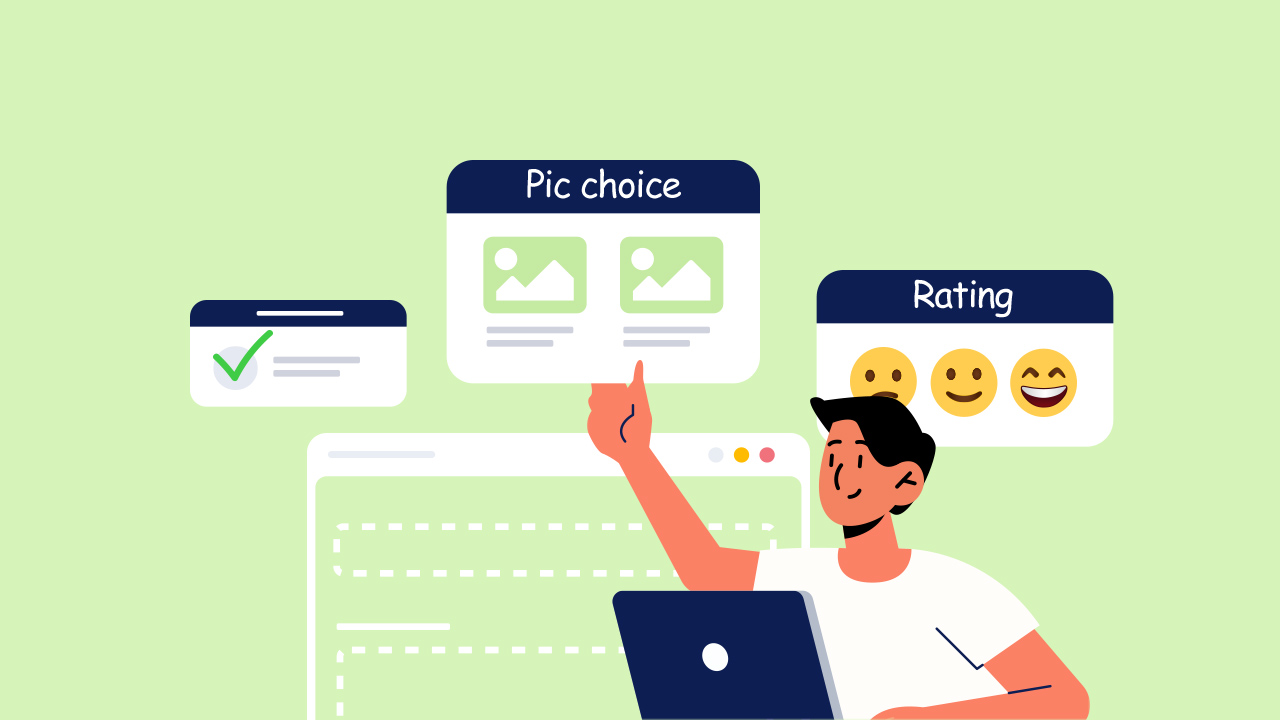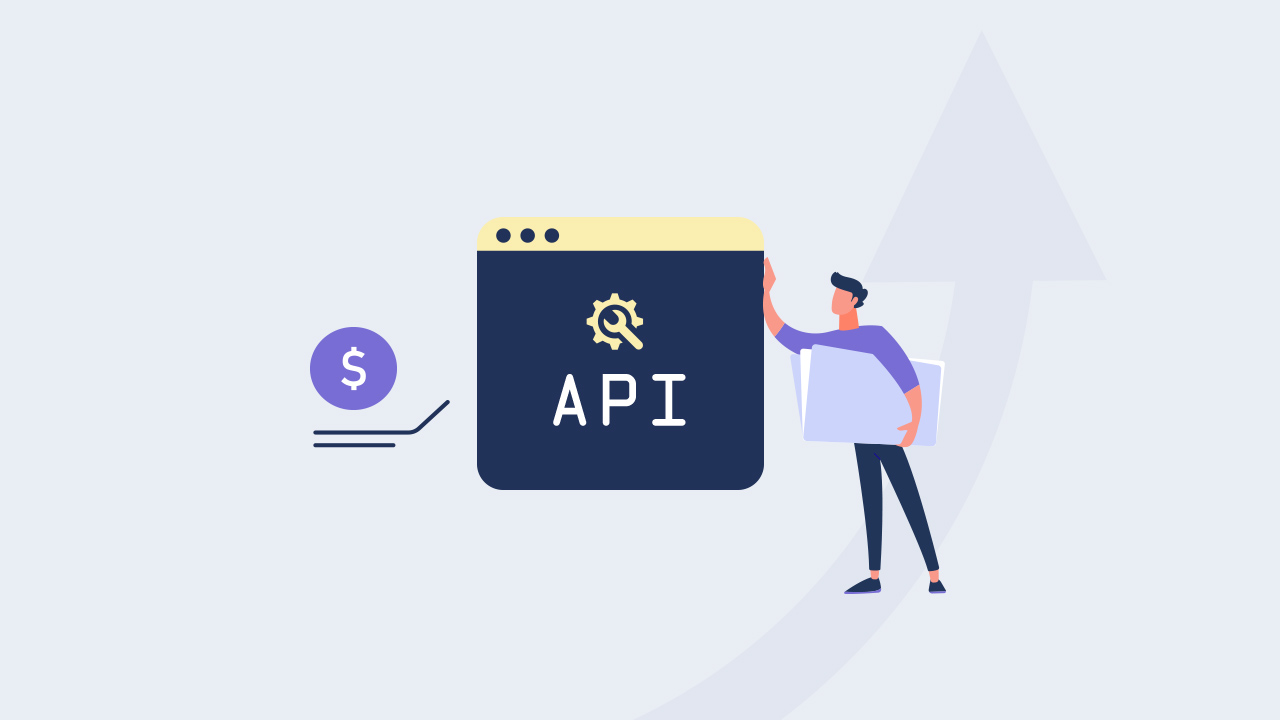
Are you wondering what Content Personalization is? Or do you have any idea on how it can help your business? Mind you, content personalization has emerged as the cornerstone of meaningful connections between businesses and their audience. In the digital marketing field, the role of PDF form conversion tools takes center stage, with a particular focus on enhancing the user experience through Content Personalization.
Table of Contents
- Unlocking the Complexity of PDFs with PlatoForms
- Navigating the Web form Interface: A Symphony of Speed and Simplicity
- Transforming Potential into Reality: User-Friendly Fillable PDF Forms
- Enhancing Data Gathering for Streamlined Workflows
- Instant Form Sharing: Embeddable Forms for Seamless Integration
- Cross-Browser and Device Compatibility with Optimal User Experience
- Seamless PDF Conversion: PlatoForms’ Expertise Unveiled
- FAQs: Navigating the Fillable PDF Landscape
- Content Personalization: A Strategic Imperative
- Benefits of Personalized Content
- Types of Personalized Content
- How to Achieve Content Personalization
- Conclusion
Unlocking the Complexity of PDFs with PlatoForms
PDFs, renowned for their intricate designs and formats, often present a challenge in both comprehension and user interaction. Beyond convoluted structures, keeping track of fields for data entry adds another layer of complexity. Enter PlatoForms—a game-changer in simplifying data collection. The Web form feature stands as a testament to this commitment, redefining the data collection process and making it more intuitive than ever.
Navigating the Web form Interface: A Symphony of Speed and Simplicity
Imagine a web form interface that not only streamlines data collection but also has the power to convert potential visitors into active participants. PlatoForms achieves this seamlessly through its web forms, designed with a user-friendly interface for faster loading and straightforward navigation. In a matter of seconds, transform your PDFs into dynamic web forms with PlatoForms’ beginner-friendly platform.
Transforming Potential into Reality: User-Friendly Fillable PDF Forms
The journey from a mere visitor to a satisfied customer begins with an accessible web form interface. PlatoForms not only facilitates the conversion of PDFs to web forms but also empower users to create web forms and transform PDFs into fillable forms. This capability goes beyond mere conversion—it secures prospect leads, creating a foundation for lasting customer relationships.
Enhancing Data Gathering for Streamlined Workflows
Web forms have been instrumental in enhancing business workflows, and PlatoForms takes this to the next level, with its PDF to the web form feature. This feature streamlines data gathering, making it easier and faster for businesses to collect diverse information through web forms. The result is a powerful tool that significantly improves business workflows, contributing to overall efficiency.
Instant Form Sharing: Embeddable Forms for Seamless Integration
Sharing forms becomes a breeze with PlatoForms. The platform allows for the installation or embedding of forms on websites, enabling customers to fill them out effortlessly. The forms are not just user-friendly; they are also 100% embeddable, eliminating the need for intricate coding. A simple copy and paste, and your forms are ready to engage with your audience on any website.
Cross-Browser and Device Compatibility with Optimal User Experience
Whether users prefer Google Chrome, Mozilla, Opera, or are accessing content via mobile devices, PlatoForms ensures compatibility with major browsers, providing faster loading times. The platform’s commitment to device-friendly forms enhances mobile compatibility, ensuring the best user experience for customers completing PDF forms online.
Seamless PDF Conversion: PlatoForms’ Expertise Unveiled
PlatoForms stands as a beacon for effortless PDF to fillable form conversion. Whether working with existing PDFs or creating new ones, the platform facilitates the transformation without compromising the original format. For a step-by-step guide, refer to the accompanying demos and tutorials, ensuring a comprehensive understanding of the process.
FAQs: Navigating the Fillable PDF Landscape
Curiosity often leads to clarity, and the FAQs section is designed to unravel the mysteries of fillable PDFs. From understanding what fillable PDFs are to exploring their advantages, security measures, and integration capabilities, PlatoForms’ fillable PDFs emerge as versatile tools compatible with systems like Google Drive, Dropbox, and other CRMs.
Content Personalization: A Strategic Imperative
Content personalization involves leveraging data to create and share targeted content tailored to specific audiences or individuals. This data encompasses demographic, socioeconomic, and behavioral factors, allowing businesses to curate experiences that resonate with individual preferences and needs.
Benefits of Personalized Content
The strategic implementation of content personalization yields several key benefits:
- Improved Customer Experience: Personalized content aligns with customer preferences, fostering a sense of understanding and value.
- Enhanced Business Results: Research indicates that when messaging is personalized, 76% of consumers are more likely to make a purchase, thus increasing the likelihood of customer conversion and purchase through tailored messaging.
- Building Customer Loyalty: Consistent delivery of personalized content builds trust, leading to customer loyalty and advocacy.
Types of Personalized Content
- GPS-Based Apps: Leveraging GPS data to deliver location-specific content, such as recommendations or sales alerts.
- Interactive Content: Using quizzes, polls, surveys, or calculators to gather user preferences and provide personalized recommendations.
- Landing Pages and Webpages: Personalizing high-value pages based on user data to enhance the overall user experience.
- Emails: Creating personalized email content triggered by user behaviors, such as previous purchases or browsing history.
- Retargeting Ads: Displaying ads tailored to users who have shown interest in specific products or services.
How to Achieve Content Personalization
Collect and Analyze Audience Data: Utilize tools like Google Analytics and surveys to gather data on current and prospective customers.
Identify Highly Specific Audience Segments: Develop buyer personas and identify specific segments based on demographics, behavior, and interests.
Determine Your Format: Choose content formats and channels to effectively reach your target audience based on the data and audience segments.
Create Content: Develop personalized content tailored to the selected audience segments and chosen formats.
Evaluate and Improve: Constantly monitor content performance and make adjustments based on insights to ensure ongoing effectiveness.
Conclusion
PlatoForms emerges as a catalyst in the dynamic landscape of content personalization, providing a seamless bridge between complex PDFs and engaging, personalized user experiences. The platform’s commitment to simplicity, compatibility, and versatility positions it as a transformative force in the realm of digital engagement.
Boost your content personalization journey with PlatoForms. Experience the power of seamless PDF form conversion and unlock a new level of personalized engagement. Get started today!




